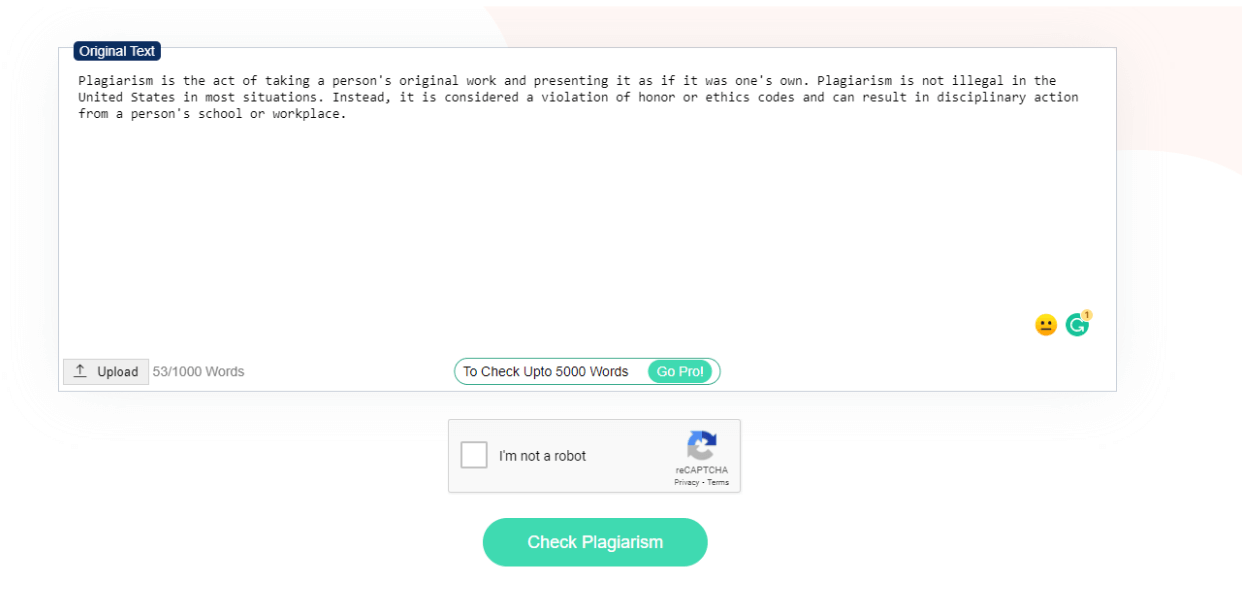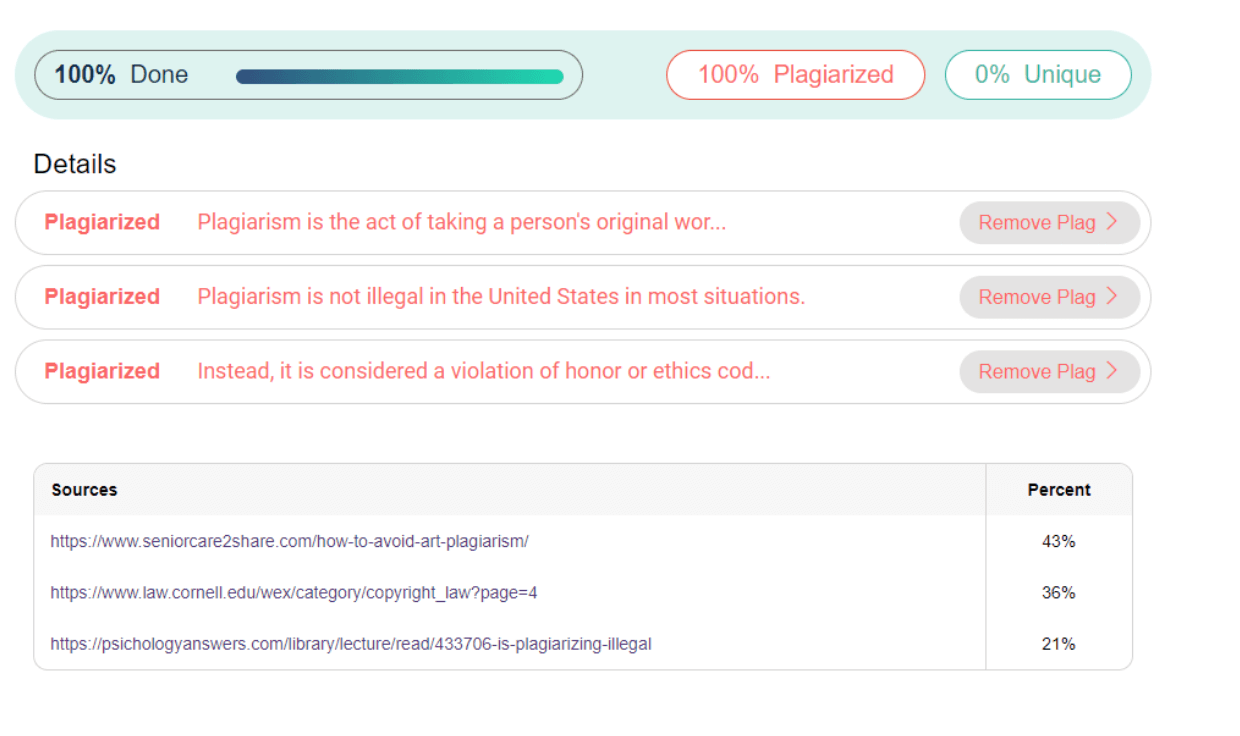How to Write High-Quality Content for Better Lead Generation

As you focus on your website's design, graphics, and appearance, you should prioritize content too. Why is content so important? Because content drives search engine results, increases traffic to your page, and establishes your company as an authority.
These days content needs both quality and quantity. To outrank your competitors in SERPs, you need to publish high-quality content.
Among the most challenging aspects of SEO is to define high-quality content. People are often preoccupied with untrue stuff, such as layout, word count or keyword density. Content is king only if it has quality.
How do you define high-quality content?
In a nutshell, high-quality content accomplishes its marketing objectives.
Furthermore, it is:
Comprehensive.
Beneficial.
Informative.
Insightful.
Credible.
The most appropriate response to the searcher's query.
It's an outstanding achievement if your content connects with your viewers and receives more shares on social media networks like Facebook or Instagram. However, if a company's primary goal is to generate more leads, the same content may not carry out well if it receives Facebook shares but fails to bring in new leads.
The following are some of the most widely accepted Key performance indicators used to evaluate the profitability and efficiency of your content:
Creating sales and leads.
Ranking in Google's top three for your chosen keyword (s).
Growing brand loyalty and recognition.
Increasing click rates and decreasing bounce rates.
Growing overall web traffic by sustaining a strong presence in organic search results.
Increasing the number of visits to your website via social networking sites.
Obtaining a significant set of links from credible domains.
Increasing on-site conversions and sales.
Methods for Creating High-Quality Content:

-
Determine Your Search Intention and Call to Action:
Someone looking to find information online is motivated by search intent. They need an answer to a query, a way out to a problem, basic knowledge about a topic or an item to purchase.
Before creating content, consider what/how people will find and use it and feel the desired outcome. Do you want to sell a service or good? Do you want to grow your conversion list of subscribers? Consider these things. How can your audience's needs complement your advertising objectives?
Everything mentioned above must be considered in your content strategy so that your call to action (CTA) is consistent with your content objectives and user intent.
-
For readability and comprehensibility, use appropriate formatting:
Along with your viewers/customers, search engines like Google also needs easy read and understandable content so they can easily crawl, index, and rank your website.
The overall performance of your content depends on the layout in which it is presented to the audience. The format has a significant impact.
Not everyone reads the complete articles; some people skin read them; this is where proper formatting helps them. Headings and subheadings, lists, and small blocks of text separated by white space or highlighted are easy to read and comprehend.
-
Check out what's trending and make a list of ideas:
A topic is at the heart of all content. The efficiency and effectiveness of your content marketing strategy will be determined by the topic you choose. Choosing topics relevant to your audience is critical.
Keep a check on your competitors, what content they are publishing and what people like. If you are out of time to do so, you can use tools such as ExplodingTopics to help you track trending topics. Begin filling in your editorial calendar as you compile your list of topics to make sure you never have to scramble for a new topic at the last moment. This task may be easier if you use a template marketing strategy.
-
To maintain trust and authority, conduct extensive research:
According to the 2021 Edelman Trust Barometer, consumer trust in organizations and media is at an all-time low. It is crucial to ensure your content's credibility, which means conducting extensive research and gathering data to support your conclusions.
Research is mandatory even if you will write about your personal experiences. By presenting untrue or incorrect information, you don't want to jeopardize your audience's trust. It takes so much to build trust but significantly less to lose it. Cite and quote the most recent and up-to-date studies, data and sources.
-
Make content exclusive by Putting Your Spin on it:
The fact is that we are constantly repurposing content. Though our point of view distinguishes it and makes it worthwhile to read.
Sometimes this entails incorporating your great sense of humor into an otherwise severe article. Or intertwining personal experiences throughout the content.
This step also includes the usage of a plagiarism checker to make sure that the content you have created is 100% unique. You can use a paraphrase generator to rewrite or change sentences you’ve personally written. However, avoid doing this to other people’s content unless you plan to cite the original source.
There are many tools through which you can evaluate the uniqueness of your material, some are free and some paid.


-
Choose a Niche Subtopic:
Every topic we cover technically has subtopics, but it's better to go deeper and in detail.
What for? For starters, you'll face little competition. A broad topic such as "Great content" has many aspects. There are so many contenders competing for it that you can make great, unique and detailed subtopics to make your content more engaging.
-
Adding Multimedia Content to Your Portfolio:
Individuals understand and memorize visual content more easily than simple text. The following are examples of visual factors that enhance written content well:
|
Photos. Screenshots. Infographics. Gifs. Memes. Charts. Videos. |
Multimedia helps increase customer engagement, and it has been proven as an efficient way to demonstrate a point. Screenshots can be prettier than the ones you usually take with your default tool, try different apps from list of best screenshot tools and use them on your content.
-
Before Publication, proofread:
Publishing first draughts without even a cursory review should be off the table if high quality is what you aim for. An editorial schedule can be extremely helpful in this situation. Use your schedule to keep track of deadlines. It allows you to take enough time to write and compose an article and proofread and edit it.
You can't expect to keep your high-quality status or image if you publish poorly written and unedited content.





